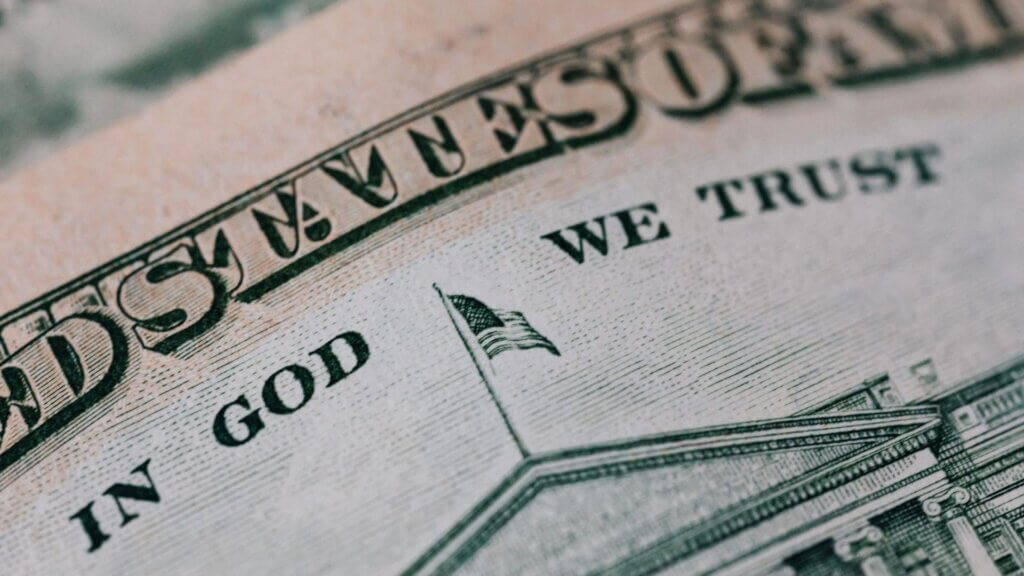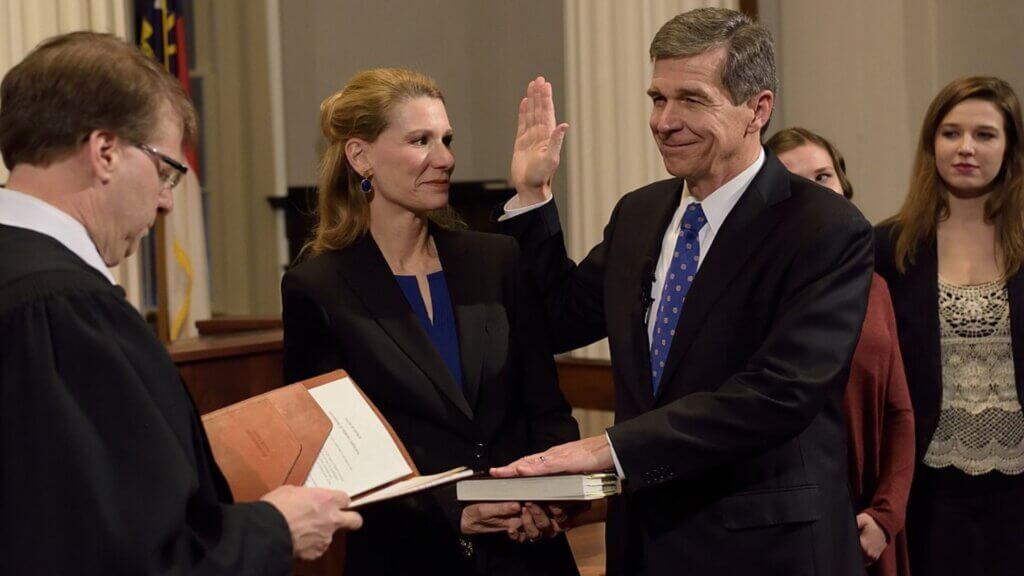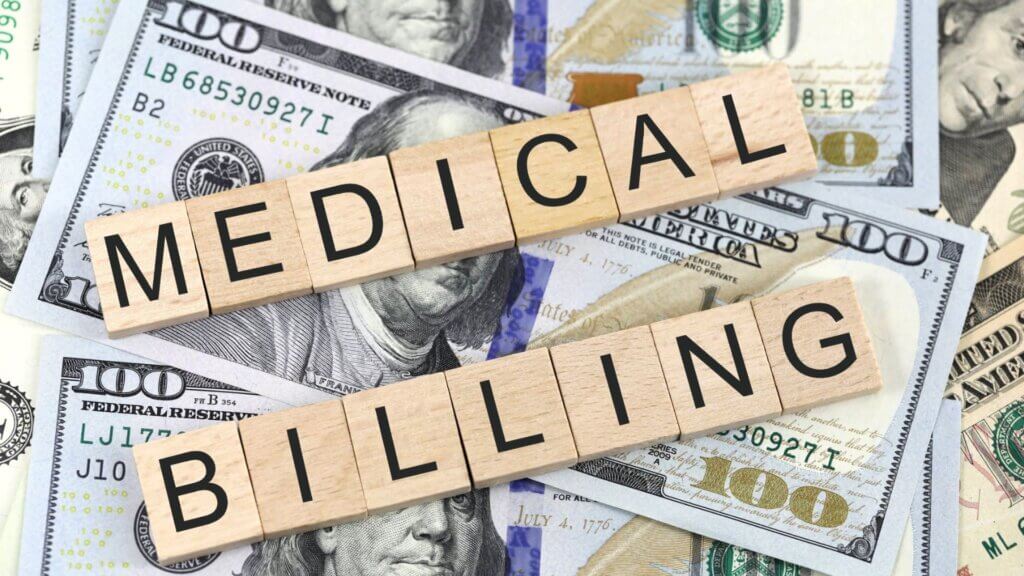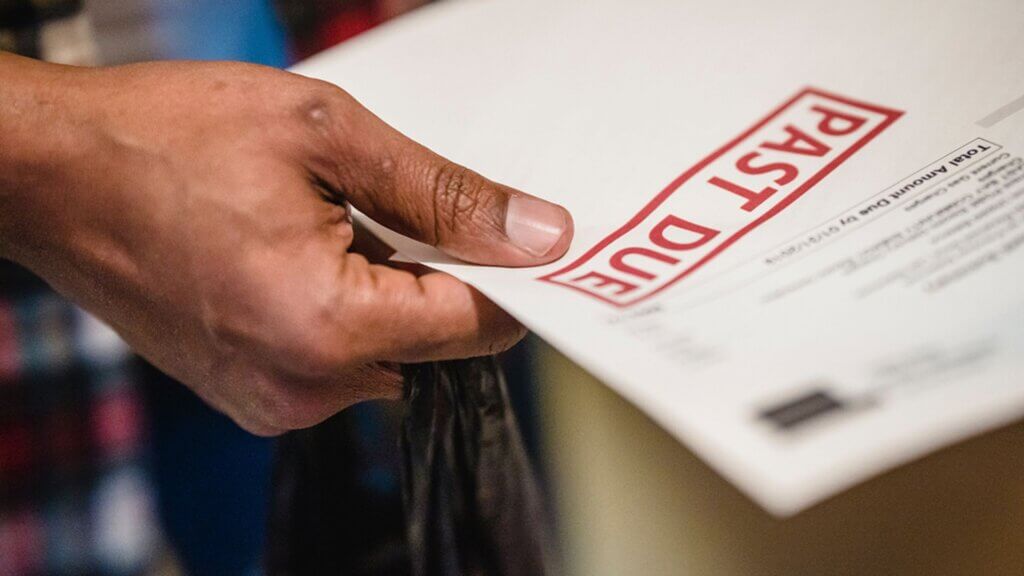Products are selected by our editors, we may earn commission from links on this page.

In a groundbreaking move, the state of North Carolina has erased $6.5 billion in medical debt for more than 2.5 million of its residents. This impressive initiative aims to relieve financial burden and open doors to better health access for low- and middle-income families.
How the Program Started

The debt relief program was first introduced in 2024 under then-Governor Roy Cooper and involved reforms tied to Medicaid expansion. Hospitals that signed on agreed to forgive qualifying medical debts and adopt more generous charity care policies. In return, they would receive higher reimbursements through a state fund designed to support health providers.
Who Benefits

Eligibility is based on individuals with lower incomes who previously carried unmanageable medical debts. The program cancels debts for Medicaid enrollees and extends to non-enrollees based on income thresholds.
How Relief Works

Participating hospitals had to eliminate debts dating back to 2014 for qualifying patients. They’re also required to stop reporting medical debt to credit bureaus and streamline access to charity care. The program hopes to both retroactively forgive debts and prevent new debts from accumulating.
Financial Scale

Originally, the initiative was projected to wipe out roughly $4 billion in debt and help about 2 million residents. But as data rolled in, the impact was much larger, resulting in $6.5 billion wiped clean and over 2.5 million people helped. That means the average debt removed per person stands is almost $2,600.
State and Hospital Role

The state government works in partnership with hospitals and with the nonprofit organization Undue Medical Debt. Hospitals contribute by forgiving debts and improving billing practices, while the state provides the incentive structure. Undue helps ensure that recipients don’t continue to receive notices about the relieved debts.
Criticism and Challenges

Critics question whether such sweeping relief might encourage debt to accrue elsewhere. The sustainability of the program will need to be studied over a longer period of time to understand the full impacts, but for now it appears to be incredibly effective.
Broader Impact

This program could become an example for other states seeking to address the medical debt crisis. As people regain creditworthiness and financial breathing space, they may invest more in housing, education, and health.
Public Responses

Many recipients have expressed relief, describing the debt wipeout as life-changing. Some say they delayed care for years because of fear of enormous bills. Others say they finally feel free to rebuild their financial standing without the constant shadow of medical debt.
Conclusion

By erasing $6.5 billion in medical debt for millions, North Carolina has taken a bold step in health equity and financial justice. The state hopes to change how medical debt is handled across the country by linking debt relief to hospital funding incentives.

